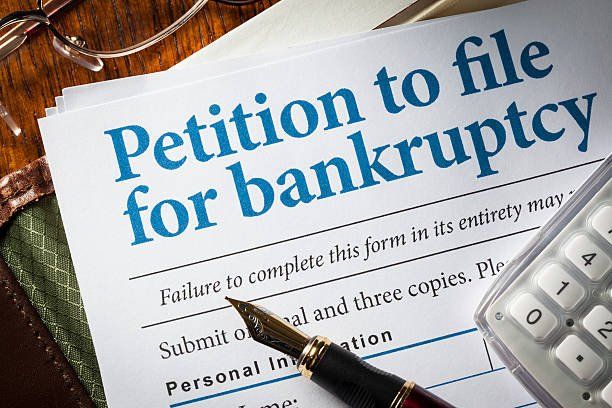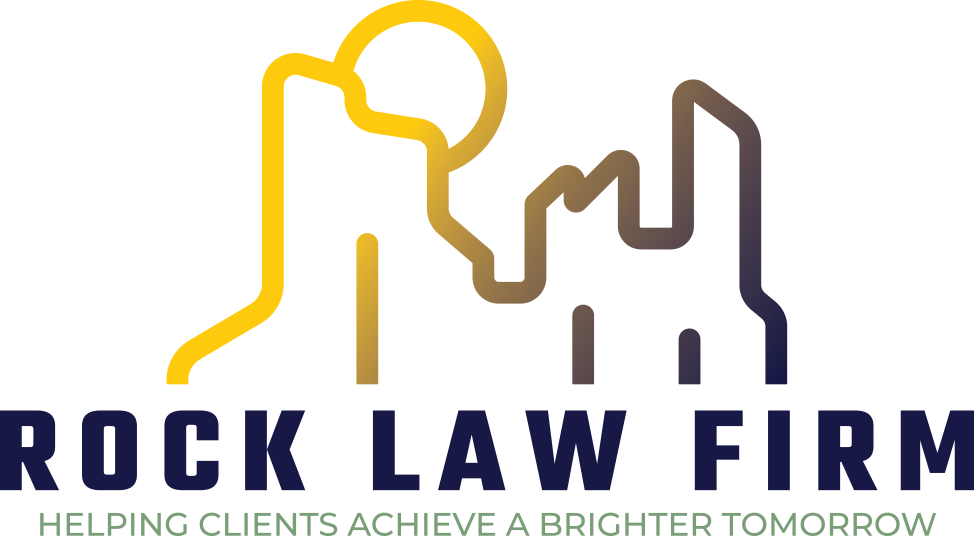
The Basics of Filing for Bankruptcy Law
Rock Law Firm
Bankruptcy is a legal process that is initiated when an individual or business is unable to repay outstanding debts and obligations. It is a court proceeding in which a judge and a court trustee assess the assets and liabilities of sole proprietors, partnerships, and individuals who believe they cannot pay their overwhelming debts. Those who file for bankruptcy typically have more debts than money to pay them and see no way out of their situation.
Filing for bankruptcy is a legal procedure that allows one's debts to be restructured, reduced, or eliminated. After reviewing an individual's or business's assets and liabilities, the bankruptcy court decides whether to dismiss the bankruptcy case or discharge the debts. A discharge means that the debtors are no longer legally required to pay the debts. A dismissal, on the other hand, means that the bankruptcy court thinks the business or person has enough assets to pay back the debts.
The Goal of Bankruptcy Laws
The goal of declaring bankruptcy is to give a company or individual a fresh start by forgiving debts that they cannot pay. On the other hand, it allows creditors to receive some form of repayment based on the assets available for liquidation of the business or individual. Most people who file for bankruptcy are successful, and the American Bankruptcy Institute reports that 95.3% of those who file for Chapter 7 bankruptcy are successful.
Bankruptcy proceedings differ greatly from one situation to the next, and everyone must consider whether it is the best option before making a major decision. Bankruptcy cases in the United States are handled by federal courts, where a bankruptcy judge determines whether a person is eligible to file for bankruptcy or have their debts discharged. The ability to file for bankruptcy benefits the economy by providing businesses and individuals with a second chance to access credit and allowing creditors to receive a portion of the debt repayment. However, it has an impact on one's credit score, and you may be unable to obtain a loan for at least seven years.
Why Would One Go to a Bankruptcy Court?
An individual or a business may declare bankruptcy for a variety of reasons. It is, however, the last resort after exhausting all other alternatives. It could be the result of poor decisions, bad luck, or unavoidable circumstances. Divorce, large medical bills, poor financial decisions, job loss, and an unexpected emergency can all cause someone to fall deeply into debt. When you realize you won't be able to pay off your secured debts in the near future, it may be time to declare bankruptcy.
Filing for bankruptcy does not guarantee that you will qualify for debt relief, but there is still hope. A debt consolidation loan, a debt management program, or debt settlement are some of the options. Each option typically takes up to five years to complete, and there is no guarantee that the debts will be paid in full when you finish. To be declared fit to file for bankruptcy, you must attend credit counseling sessions at an approved credit counseling agency within 180 days of filing.
Types of Bankruptcy Filings
Chapter 7 bankruptcy and Chapter 13 bankruptcy are the most common types of bankruptcy. In summary, Chapter 7 involves the sale of assets and Chapter 13 involves the repayment of debts with lower interest rates and a set payment plan.
Chapter 7 Bankruptcy
Individuals or businesses with few or no assets are more likely to file for Chapter 7 bankruptcy. It empowers a court-appointed bankruptcy trustee to sell debtors' non-exempt assets and distribute the proceeds to their creditors. Second homes, family heirlooms, stocks, cash, or bonds are liquidated to repay a portion or all of their unsecured loans. Those who have no valuable assets or only exempt property such as a personal vehicle, tools of trade, or household goods may find themselves unable to repay any portion of their unsecured debt.
Chapter 13 Bankruptcy
Individuals who do not qualify for Chapter 7 bankruptcy due to a high monthly income can file under Chapter 13. It is also known as a "wage earners' plan" because it allows individuals or businesses with regular disposable income to create a workable secured debt payment plan. The repayment plan is mostly in installments over a three-to five-year period. Because the debtors have enough income to pay their creditors, the court allows them to keep all of their property, including nonexempt property.
What is the fate of unsecured creditors?
When you declare bankruptcy and have debts that are not secured by collateral, you will have unsecured creditors who demand payment. Credit card debt, back rent, medical bills, student loans, utility bills, mortgage payments, union dues, health club dues, and lawsuit judgments against you are examples of this type of debt. These other creditors are not permitted to seize any of your property in order to satisfy their debts. Before they can begin collection proceedings, they must first file a lawsuit and win.
The trustee will seize any nonexempt property you own and distribute the proceeds to your creditors. When a property is sold as security for a debt, the secured creditor is paid first, and the remainder is distributed to the other creditors. Unsecured debts are settled in priority order, with priority debts being those deemed significant for public policy reasons. Spousal support, child support, employee debts, and tax debts are examples of these debts.
Partner with the Experts in Bankruptcy Law
Bankruptcy cases are difficult, and no two cases are alike, as each has its own set of challenges. To make the bankruptcy process as simple as possible, you will need the assistance of an experienced bankruptcy attorney. Contact Rock Law Firm if you live in Phoenix or the surrounding area and need a trustworthy bankruptcy attorney. We will professionally reset your financial outlook by guiding you through the Chapter 7 or Chapter 13 bankruptcy filing process. To schedule a free consultation with a bankruptcy lawyer, call (480) 613-9690.
